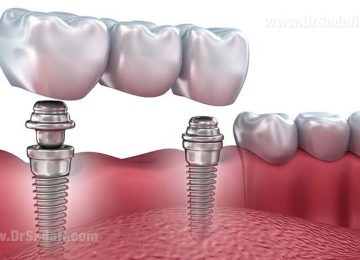
Root Canal Re-treatment
With root canal treatment you can save your tooth, and make the most of it for the rest of your life. However, like all therapies, this treatment may also sometimes fail. For example, there may be resistant bacteria remained inside the root canal getting the root infected for a second time. This is when your tooth requires a root canal retreatment.
When does a tooth require a root canal retreatment?
It has been observed that sometimes teeth have extra canals and roots, and these canals have not been either seen or treated well during the first treatment.
At times, it is possible that the root has a large curvature, making it hard for the dentist to access the root.
The bacteria resistant to treatment inside the root canal, and a poor immune system are among reasons that may also cause the treatment to fail.
Stages of a root canal retreatment
Most teeth with a failed first root canal treatment can be saved with a second treatment and surgery.
A repeat root canal treatment is usually more difficult than the first treatment. The dentist removes the crown repair and the root filling, and then resolves the complication of the first treatment, and afterwards, gets the root disinfected, and restores the tooth with a root, and then a crown filling.
Root-end surgery
A tooth root infection may lead to cystic infection of the root end. In these cases, the infection would not heal even after a root canal retreatment. At this stage, in order to eliminate the infection and save the tooth, a root-end surgery is performed.
Your dentist gently pushes aside the gum of the tooth under local anesthesia, and cuts off the infected end of the root, and also removes the cystic tissue around the root, and again sutures the gum after the repair. This prevents a second relapse at the root end.











